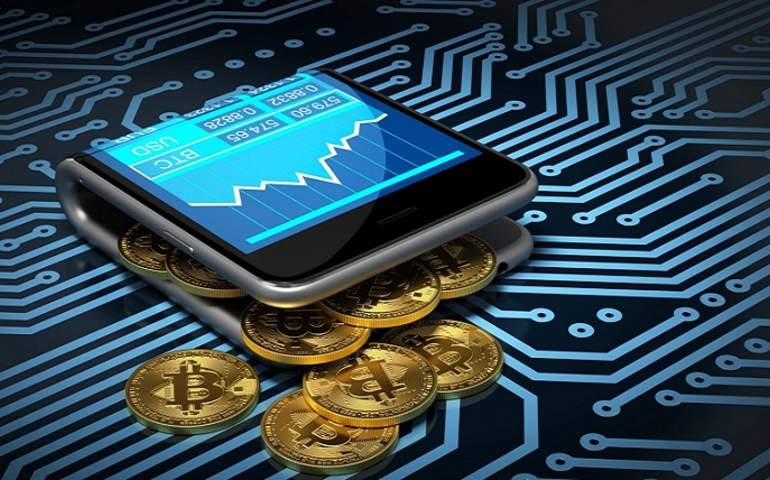A dead wallet is a wallet that has been dormant for a long time. Dead wallets hold crypto assets but have not sent or received any transactions for years. Loss of wallet keys can occur due to those with long-term investments or even death of the wallet owner.
What is a Dead Wallet?
A dead cryptocurrency wallet is an inactive wallet. A wallet is considered inactive when it is idle for a (very) long period of time, say several years. However, the wallet must be in the custody of a crypto asset, otherwise it is more of an empty wallet than a dead wallet. Dead wallets are common, but the reason for their inactivity varies.
In a normal scenario, a crypto wallet should send and receive transactions on a regular basis, and when that’s not the case, there are several possible explanations.
An investor locks some investments in hopes of returning to them when they are possibly more valuable in the future. This can happen at any time. During this time, the wallet is inactive and is considered “dead” due to zero registrations of on-chain activity. However, when the investor adds more assets to their holdings, the wallet becomes active.
Another reason behind dead wallets is the loss of the private keys of the wallet. This could be due to insufficient storage or the accidental death of wallet holders without transfer of wallet keys. Because blockchain technology makes private keys the only point of access to a crypto wallet, loss of private keys renders the wallet inaccessible and ineffective.
Can a Crypto Wallet Expire?
Crypto wallets do not expire. Even if a wallet has been inactive for years or decades, the integrity of a crypto wallet remains intact. Once a wallet is created, its details are stored on the blockchain forever, and the wallet can be used at any time by anyone with the necessary keys.
This is different from bank accounts, as with most systems, a bank account that has been idle for a long time will go through an activation process before it can be used again, but this is not the case with cryptocurrency wallets.

What Happens to Crypto Assets in Dead Wallet?
Cryptocurrencies or NFTs in a dead wallet remain intact until the wallet is accessed. The details of the wallet can be obtained and verified on-chain through blockchain experts like Etherscan, but the assets inside can only be moved by anyone with private keys. If the wallet is not compromised in any way, an investor who locks up crypto assets will be able to return to a pristine asset at any time.
Is It Possible to Use Assets from a Dead Wallet?
If a wallet becomes inaccessible due to the owner of the private key losing them or dies, the wallet is truly dead and its contents cannot be moved. For exchangeable cryptocurrencies like Bitcoin, there is almost nothing that can be done with the wallet and its contents. But there is a problem with NFTs.
NFTs are blockchain art and can be viewed that way using the NFT’s address. NFT enthusiast Cozomo de’ Medici announced in a post on his Twitter account that 22 works from the Cozomo de’ Medici Collection have been donated to the permanent collection of the Los Angeles County Museum of Art (LACMA).
1/ Announcing the first donation of on-chain art from a collector to a museum, and the largest digital fine art collection to enter a museum
22 works from The Cozomo de' Medici Collection have been added to the permanent collection of the Los Angeles County Museum of Art (LACMA) pic.twitter.com/6ePSznorrM
— Cozomo de’ Medici (@CozomoMedici) February 13, 2023
Dead Wallets and Burnt Wallets
Token burning describes the act of permanently removing a crypto asset from circulation. This is done by sending the asset to a “burn wallet” or an empty address.
Dead wallets and burnt wallets share a number of similarities as both involve crypto assets that cannot be sent. Truly dead wallets and burnt wallets include assets that are technically removed from active circulation forever.
However, dead wallets are actually personal wallets that are intentionally or accidentally inactive, while burnt wallets are empty addresses created to remove crypto assets from circulation. By design, write addresses have no private keys and their contents cannot be recovered in any way, assets sent to such addresses are truly lost forever. Dead wallets, on the other hand, have private keys and cannot be accessed because the keys are lost. If the private key is found at any time in the future, dead wallets can be revived, but this is not possible with a burned address.
Finally, dead wallets have their owners, specifically the creator, and the wallet’s private keys have sole owner. Incidentally, cremation addresses have no owner; they exist only to burn and remove crypto assets from circulation.



